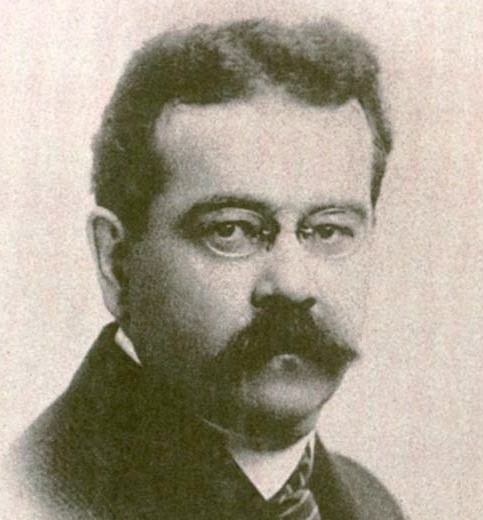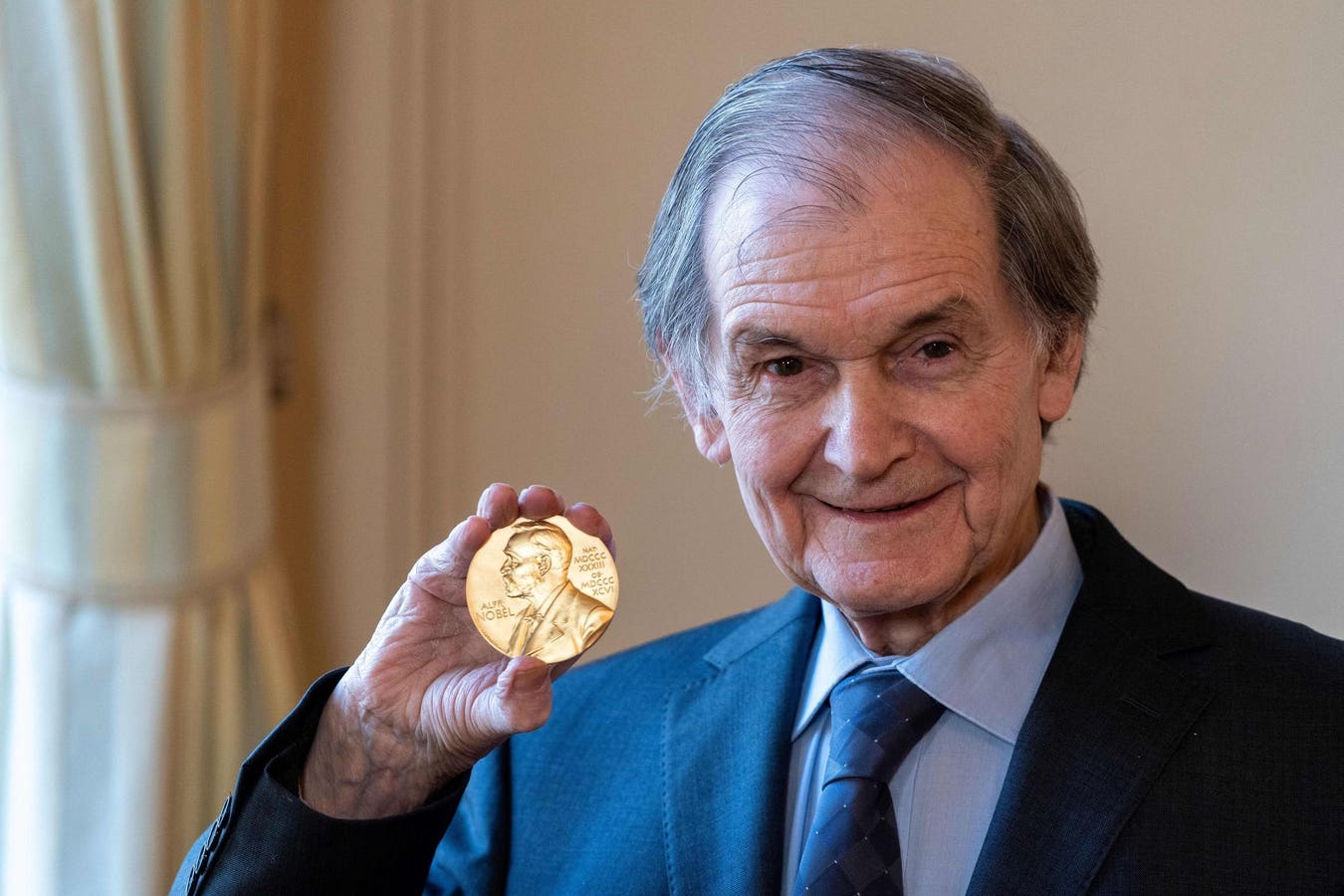“This retroactive idea. It has to be that,” says Nobel Prize-winning mathematical physicist Sir Roger Penrose, reflecting on a problem about the building blocks of reality that has dogged physics for nearly a century. “Any sensible physicist wouldn’t be perturbed by this,” he adds. “However, I’m not a sensible physicist.”
If Penrose isn’t a sensible physicist it’s because the laws of physics aren’t making sense, at least not on the subatomic level where the smallest things in the universe play by different rules than everything we see around us. He has reason to believe this disconnect involves a fissure that divides two different kinds of reality. He also has reason to believe that the physical process that bridges these realities will unlock answers to the physics of consciousness: the mystery of our own existence.
…
When scientists measure a particle, it seems to collapse to one fixed state. Yet no one can be sure what’s causing collapse, also called reduction of the state. Some scientists and philosophers even think that wave function collapse is an elaborate illusion. This debate is called the measurement problem in quantum mechanics.
The measurement problem has led many physicists and philosophers to believe that a conscious observer is somehow acting on quantum particles. One proposal is that a conscious observer causes collapse. Another theory is that a conscious observer causes the universe to split apart, spiraling out alternate realities. These worlds would be parallel yet inaccessible to us so that we only ever see things in one single state in whatever possible world we’re stuck in. This is the Multiverse or Many Worlds theory. “The point of view that it is consciousness that reduces the state is really an absurdity,” says Penrose, adding that a belief in Many Worlds is a phase that every physicist, including himself, eventually outgrows. “I shouldn’t be so blunt because very distinguished people seem to have taken that view.” Penrose demurs. He politely but unequivocally waves off the idea that a conscious observer collapses wave functions by looking at them. Likewise, he dismisses the view that a conscious observer spins off near infinite universes with a glance. “That’s making consciousness do the job of collapsing the wave function without having a theory of consciousness,” says Penrose. “I’m turning it around and I’m saying whatever consciousness is, for quite different reasons, I think it does depend on the collapse of the wave function. On that physical process.”
…
Penrose takes a hard pass on Many Worlds or ideas about conscious ghosts in the quantum machine as a way to bridge this gap. His bridge is neither an illusion nor a ghost. For Penrose, wave function collapse is a real, physical, objective phenomenon: a gravitational field can’t tolerate being in a quantum superposition, eventually collapsing the particle’s wave function. According to Penrose, gravity-induced wave function collapse involves a process that jumps the particle back in time, retroactively killing off possible quantum realities in under a second. This reality-annihilating backward-jumping makes it as though only one, fixed classical reality ever existed.
Sorry multiverses. But the death of multiverses allows for the birth of consciousness. Penrose’s theory proposes that each gravity-induced collapse causes a little blip of proto-consciousness: micro-events that get organized by biological structures called microtubules inside our brains into full-bodied awareness. A conscious observer doesn’t cause wave function collapse. A conscious observer is caused by wave function collapse.


